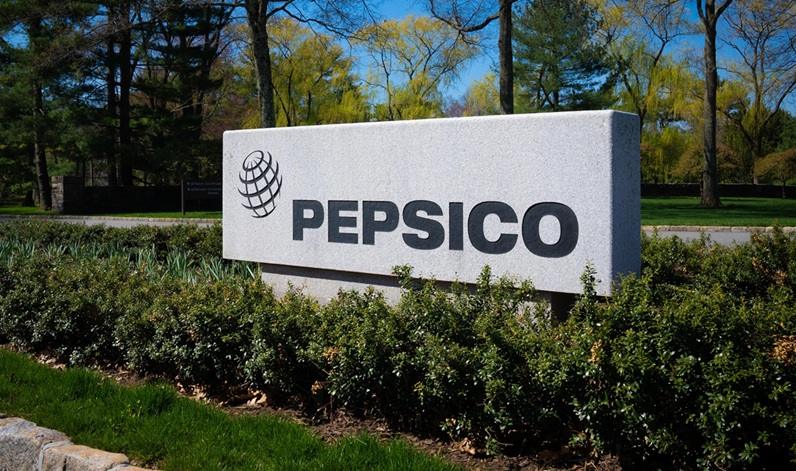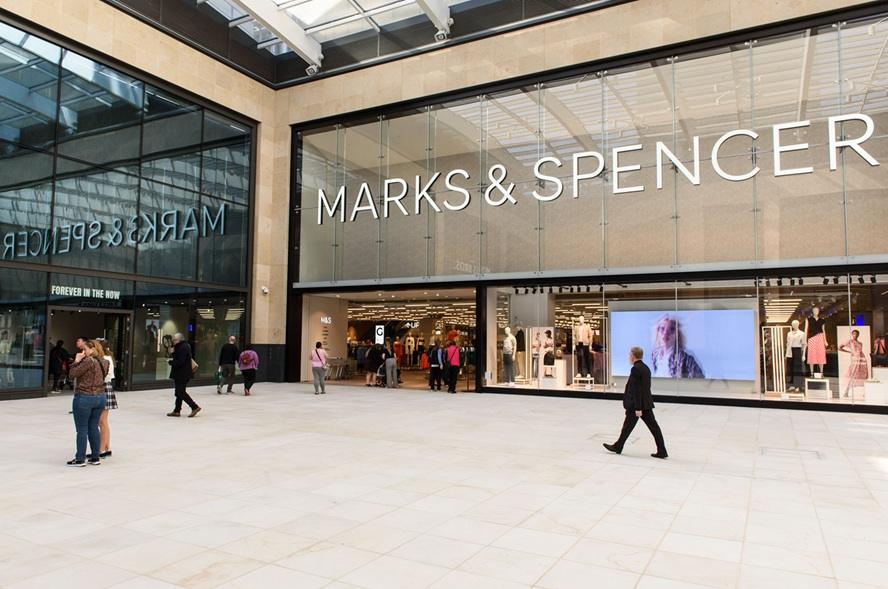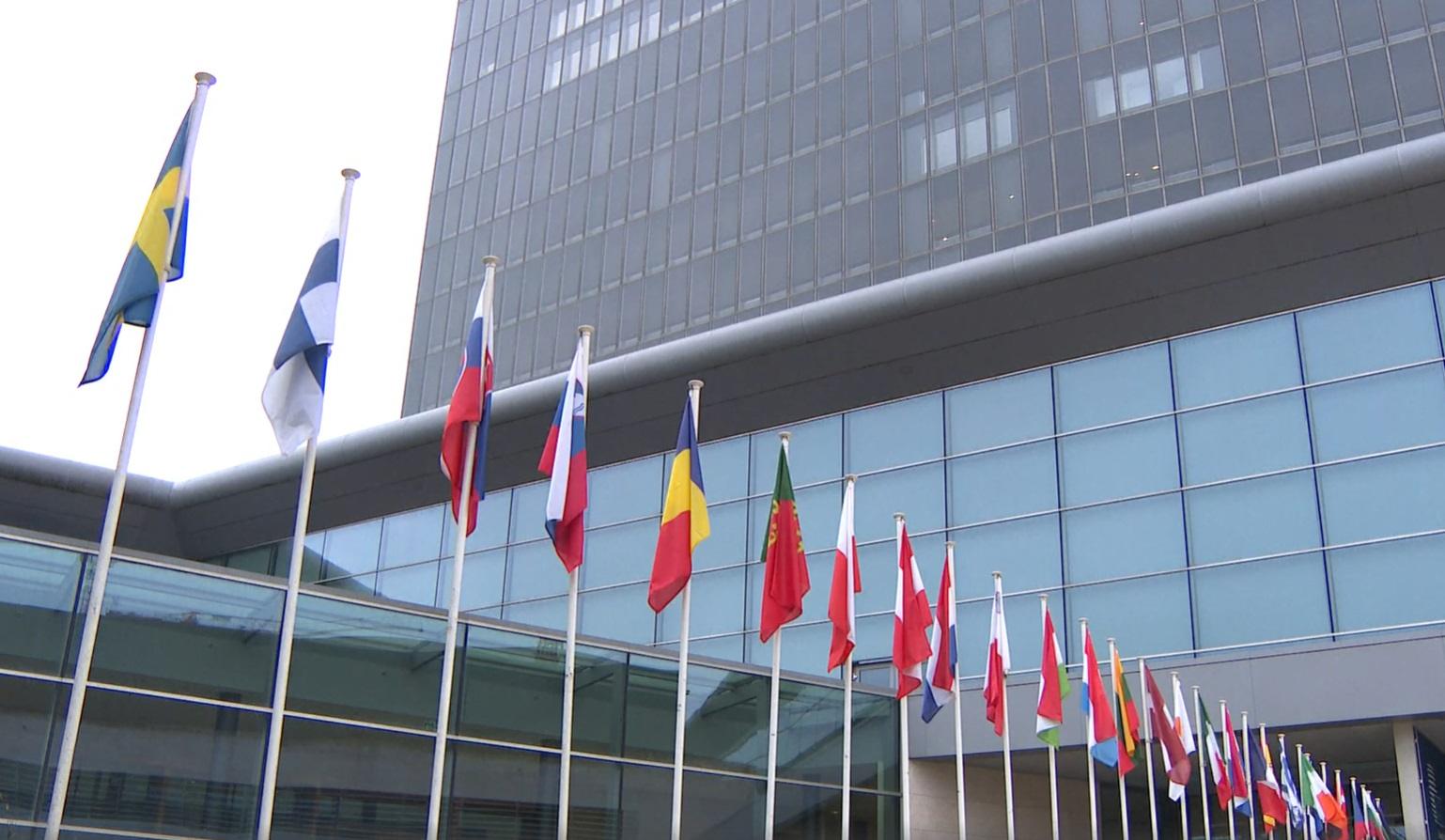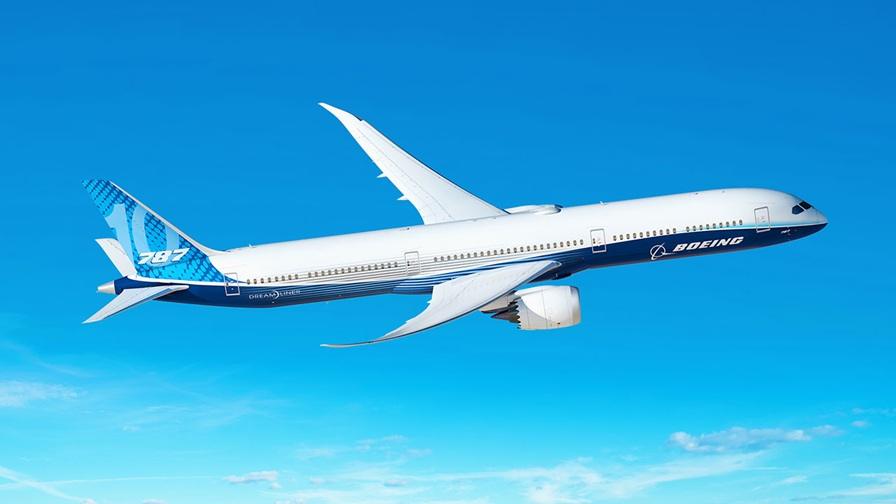PepsiCo Pushes Back Climate, Packaging Goals Due to “External Realities”
Food and beverage giant PepsiCo announced today a series of updates to its key sustainability goals in areas across climate, packaging, agriculture and water, including pushing back its 2040 target to achieve net zero greenhouse gas emissions across the value chain by ten years to 2050.
While also announcing more ambitious goals to integrate sustainable farming practices across its agricultural footprint, and retaining its “water positive” ambition, the company said that the move to revise its climate and packaging targets was required to account for “external realities.”
Specifically, PepsiCo said that the changes reflect the company’s understanding about “where progress will take more time, based on the realities of key global enablers such as recycling and reuse infrastructure, electric grid modernization, electric vehicle charging infrastructure and cost-competitive vehicle availability, and varying and changing government approaches.”
Jim Andrew, PepsiCo Executive Vice President and Chief Sustainability Officer, said:
“We know it’s important that we continue to be transparent about our progress – both our successes and the challenges – and the dynamic realities that our company and the broader industry face today.”
In addition to pushing back its net zero goal, PepsiCo also adjusted other key climate targets, including changing its goal to reduce Scope 1 and 2 emissions by 75% by 2030 on a 2015 basis to a new goal of a 50% reduction on a 2022 basis, and its interim Scope 3 targets from reducing Energy & Industry (E&I) emissions by 40% and Forests, Land, and Agriculture (FLAG) by 40% by 2030 on a 2015 basis to 42% and 30%, respectively, on a 2022 basis.
While acknowledging the less ambitious climate goals, PepsiCo noted that the updated net zero ambition continues to align with 1.5°C, reflecting Science Based Target Initiative (SBTi) sectoral guidance on FLAG and E&I emissions.
On the packaging front, PepsiCo said that it was changing its goal to reduce absolute tonnage of virgin plastic derived from non-renewable sources by 20% by 2030 to a new target to achieve an average of 2% year-over-year reduction in absolute tonnage of virgin plastics through 2030, with a new focus on primary plastic packaging in key packaging markets. The company also updated its goal to use 50% recycled content in plastic packaging to a target to use 40% or greater recycled content by 2035, also with a focus on primary plastic packaging in key markets. The company also said that it is retiring its aim to deliver 20% of all beverage servings it sells through reusable models by 2030, but will continue efforts on reuse as part of its larger goal to achieve 97% reusable, recyclable or compostable packaging by design by 2030 in primary and secondary markets. Notably, the packaging changes follow similar moves announced late last year by Coca-Cola.
PepsiCo also said that it was expanding its goal to drive the adoption of regenerative agriculture practices across 7 million acres of land used to grow crops and ingredients for its products by 2030 to a new target of regenerative agriculture, restorative, or protective practices across 10 million acres. The company also said that it updated its water goals to focus on high-risk areas, while maintaining its water positive by 2030 ambition.
Andrew added:
“Our sustainability journey will not always be linear, but we are focused on doing the work that can both strengthen our business resilience and support a positive impact for the planet. All while remaining agile in our approach, applying learnings across our operations, and sharing them with others to help create a more sustainable food system. We will continue to embed sustainability into our company in ways that aim to enhance the strength, adaptability, and future growth of our business.”







